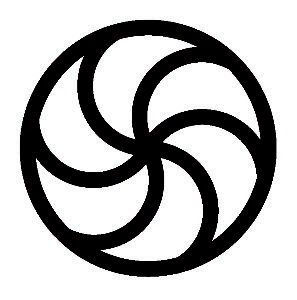
Confluence Logo
Confluence is an online platform that aims to bring together all stakeholders of science in the society. We invite you to participate by contributing to jargon-free discussions on all topics of relevance to how science and society impact each other.
Scientific and technological research is a social activity, performed and administered by human beings. The aims of this endeavor are to address our curiosity about the world around us and to improve the quality of our life. In its modern-day avatar, scientific and technological research is performed in academic laboratories and by industry. Academic laboratories are primarily tax payer funded while industrial research groups create wealth by commercializing the output of their research for the society. In either case, society is impacted by their labor and in turn affects how that research is done. Therefore, it is critical that the society, as a whole, is aware of the current state of scientific progress and can influence how it affects them.
Unfortunately, over the last several decades, a lack of communication has developed between the various stakeholders of science. Scientific research remains largely incomprehensible to the non-specialist. The implications of scientific work is rarely communicated to the society and is rarely debated widely. Ironically, this break-down of communication works both ways. Scientists blame policy-makers for adopting “scientifically unfounded” policies and for lack of funding. Social scientists blame scientists for being arrogant, elitist and condescending. The list of mis-communications is endless. As citizens, we wonder what is going on and whom to believe. Several of our concerns and queries remain unarticulated, and therefore unanswered.
Confluence aims to address this lacunae by providing an open, web-based, inclusive communication platform. It welcomes every member of the society to engage with each other as an equal partner and to articulate their observations, concerns and possible solutions related to the practice of science in the society.
Discussions, therefore, are the soul of Confluence and everyone is welcome to participate. These discussions cannot happen in a vacuum and we seek inputs from our readers on issues that merit critical examination. These can be in the form of descriptions or prescriptions. These can be longish articles (up to 3000 words) or short notes (up to 500 words). However, they need to be written in simple, jargon-free language allowing participation from everyone. We urge you to go through our author guidelines for more details before and during submissions. Brief pitches prior to submission are also welcome
From time-to-time, the Confluence staff shall also cross-post interesting articles from other sites (with proper attribution), to highlight important issues.
If you are a science administrator who wishes to know the pros and cons of a proposed science policy, we urge you to post it on Confluence and provoke a debate. If you are a science journalist who has spotted some major trends in terms of recent discoveries, but are not sure how they will impact the society, please initiate a discussion on this platform. If you are a scientist who has reservations about certain scientific practices and feel that they merit scrutiny, Confluence will help you broadcast your expressions on it and reach its audience. Most importantly, feel free to tell us what is it that you would like to see on Confluence by commenting on this article or dropping an email to confluence.reachus@ias.ac.in. Ultimately, Confluence is intended as a user’s forum and should become what the users want it to be.
